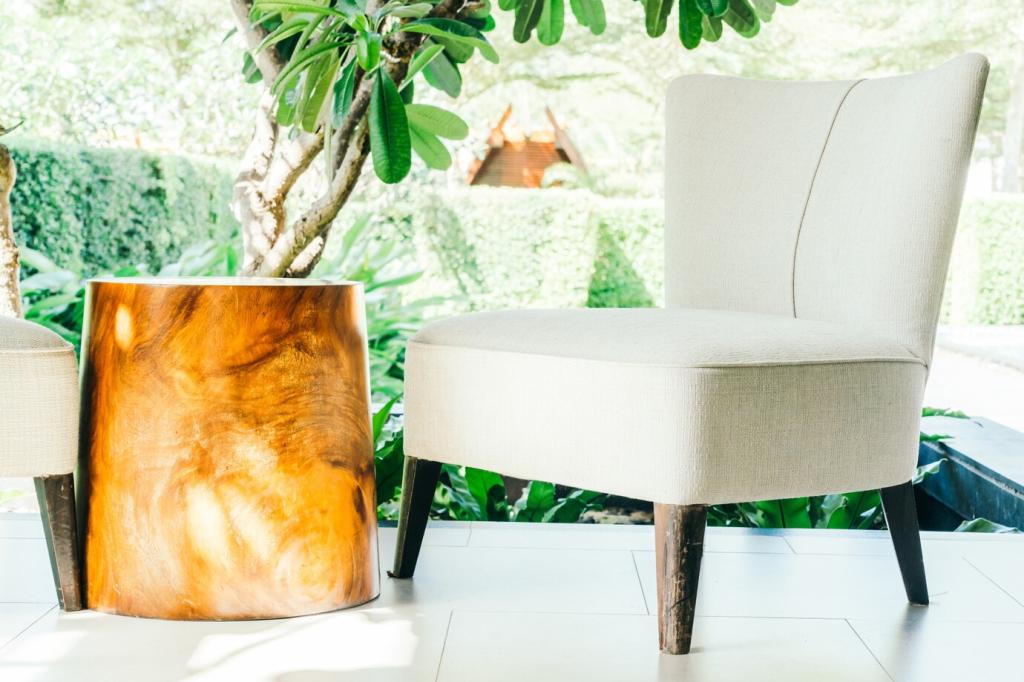Real-World Stories from the Workshop
A new parent finished a maple crib with shellac and a whisper of beeswax. No sharp odors, just a faint sweetness and a glassy, safe surface. They wrote to us, relieved, and later subscribed for maintenance tips.
Real-World Stories from the Workshop
We tested pure tung oil on an ash bench that endures daily coffee spills. After a month, beads still formed and wiped away cleanly. The patina deepened gracefully, encouraging mindful care rather than harsh cleaners.
Real-World Stories from the Workshop
A reader revived a dull tabletop using water-based poly over a dewaxed shellac barrier coat. The room stayed breathable, the grain popped, and family dinners felt like celebrations again. Share your restoration wins in the comments.


